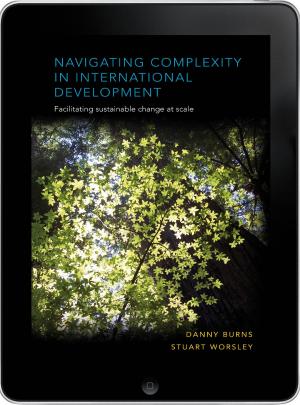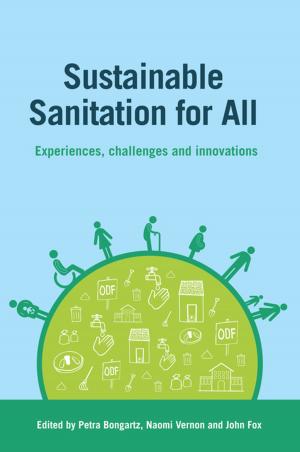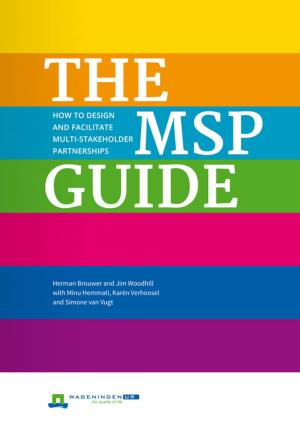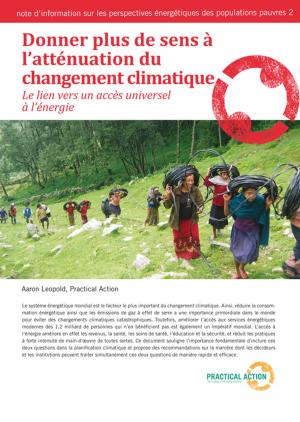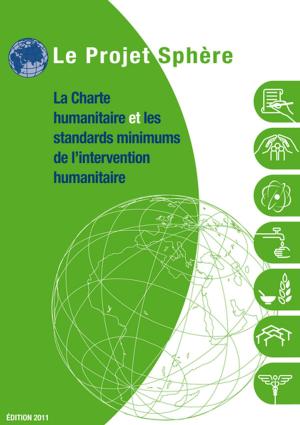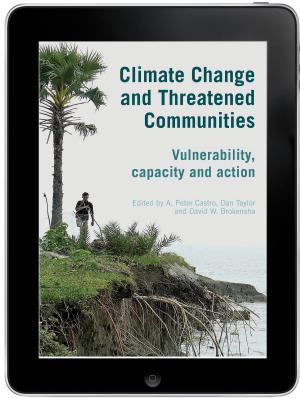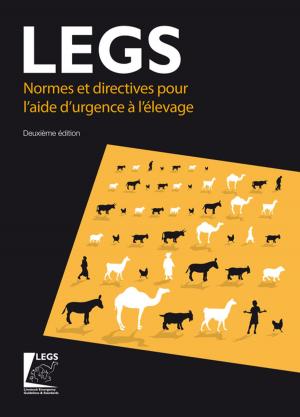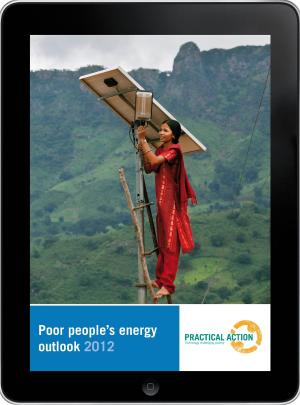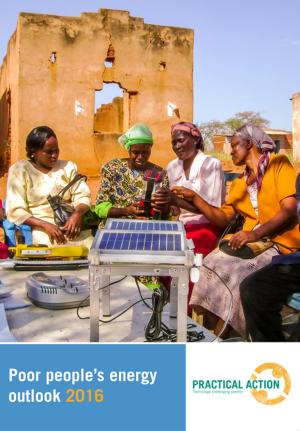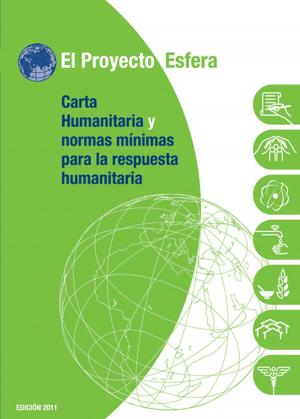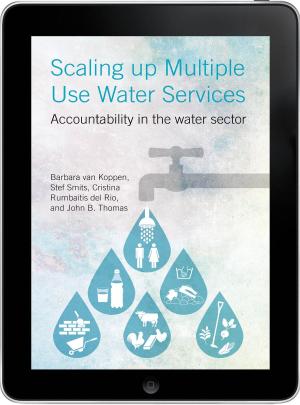ICT Pathways to Poverty Reduction eBook
Empirical evidence from East and Southern Africa
Nonfiction, Reference & Language, Reference, Social & Cultural Studies, Social Science| Author: | ISBN: | 9781780448169 | |
| Publisher: | Practical Action Publishing | Publication: | January 15, 2014 |
| Imprint: | Practical Action Publishing | Language: | English |
| Author: | |
| ISBN: | 9781780448169 |
| Publisher: | Practical Action Publishing |
| Publication: | January 15, 2014 |
| Imprint: | Practical Action Publishing |
| Language: | English |
This book provides new empirical evidence on access to and use of ICTs and their effect on poor households in East African and Southern African countries. It addresses the questions: Under what conditions do women benefit economically from using ICTs? How are the livelihoods of rural users affected? Which ICTs are being used by low-income entrepreneurs? ICT Pathways to Poverty Reduction presents a conceptual framework to analyse how poverty dynamics change over time and whether ICT access benefits the poor as well as the not-so-poor. The chapters contain case studies on how various forms of ICTs affect different aspects of poverty based on research in East and Southern African countries at the household level or among micro and small enterprises, concluding that ICTs make a difference to the livelihoods of the poor and contribute to reducing both financial and non-financial dimensions of poverty.
This book provides new empirical evidence on access to and use of ICTs and their effect on poor households in East African and Southern African countries. It addresses the questions: Under what conditions do women benefit economically from using ICTs? How are the livelihoods of rural users affected? Which ICTs are being used by low-income entrepreneurs? ICT Pathways to Poverty Reduction presents a conceptual framework to analyse how poverty dynamics change over time and whether ICT access benefits the poor as well as the not-so-poor. The chapters contain case studies on how various forms of ICTs affect different aspects of poverty based on research in East and Southern African countries at the household level or among micro and small enterprises, concluding that ICTs make a difference to the livelihoods of the poor and contribute to reducing both financial and non-financial dimensions of poverty.

